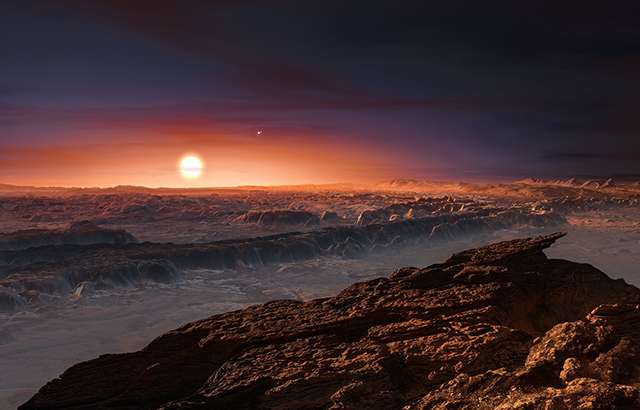The Great London [Search results for transport]
UK: Stonehenge's bluestones moved by glaciers

The 1st Cable Car in London

Astronomy: Proxima b is in host star's habitable zone, but could it really be habitable?

Travel: 'Stonehenge: A Hidden Landscape' at MAMUZ Museum Mistelbach, Austria

Near East: Should we 3D print a new Palmyra?

Early Humans: Evidence of oat grinding by Stone Age hunter-gatherers found in Italy

Oceans: Debut of the global mix-master

United Kingdom: Ancient clay figurine repatriated to Cyprus from UK

All You Can London

Virgin Atlantic Airways
